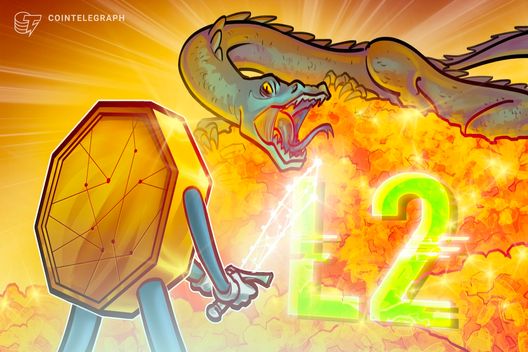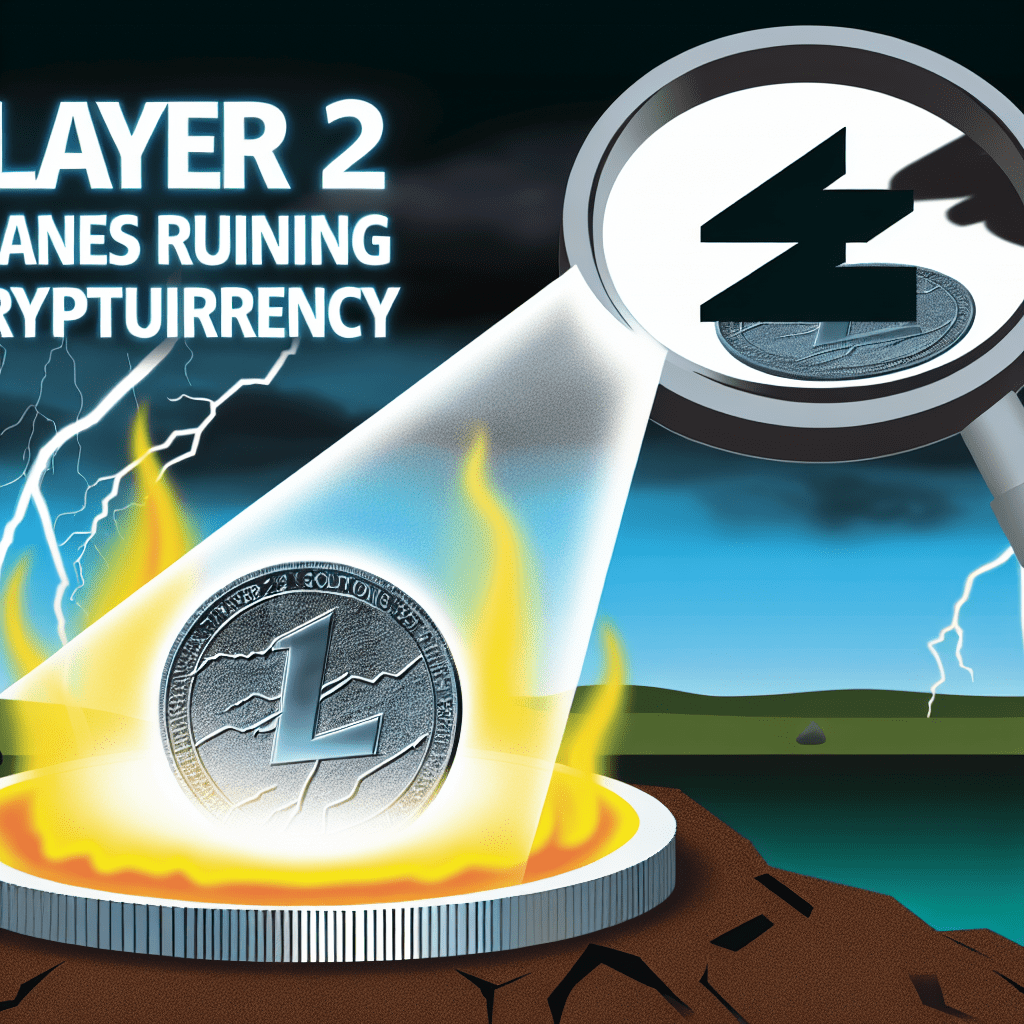
Opinion by: Steven Pu, co-founder of Taraxa
The rise of rollup-based layer 2s is detrimental to crypto, undermining its core trustless nature by diminishing decentralized trustlessness.
What makes crypto unique is its trustlessness, backed by the layer 1 infrastructure. True trustlessness is achievable only through full decentralization, with decisions made objectively by a diverse and randomized collection of global nodes, owned by individuals with minimal interconnections.
This decentralization relies on three essential components: inclusion, ordering, and execution. A network’s decentralization is only as strong as its weakest component. Once any aspect is controlled by a single entity, the label of “trustless” becomes mere marketing, and rollups compromise all three elements simultaneously.
Rollups lack decentralized assurances on inclusion and ordering, and with optimistic rollups, offer no guarantees on execution accuracy. Rollup L2s pose significant harm to crypto.
Rollup L2s are rapidly eroding trust in crypto
Currently, there are two main categories of rollup L2s: optimistic and zero-knowledge (ZK). Both types are typically dominated by networks where a single sequencer holds all decision-making power. While these rollups attempt to enforce correctness, it’s primarily focused on execution.
Optimistic rollups operate with a weeklong “challenge period,” which invites potential chaos. If even one fraudulent proof is validated, millions of transactions can be reversed, freezing both capital and trust for days.
On the other hand, ZK-rollups do guarantee execution correctness through ZK-proofs.
Related: Ethereum turns 10: Here’s how its booms and busts shaped history
However, a flawless execution proof is irrelevant if a single sequencer can refuse, delay, or reorder transactions for its benefit. Without public, unchangeable records of transaction attempts, censorship cannot be demonstrated or punished.
If a network fails to ensure transparency, fairness, and correctness for inclusion and ordering, why should one trust execution guarantees? Since execution relies on what’s included and ordered, the unpredictability of inclusion and ordering tarnishes execution guarantees.
Markets are taking notice. Liquidity is fracturing across bridges, each adopting the weakest assumptions of rollups. This tangled web of custodial multisigs and emergency pause buttons introduces systemic risks that traders are currently factoring into asset valuations. If the “sequencer risk” discount continues to widen, it could impact Ether’s monetary value negatively.
Decentralizing L2s simply turns them into L1s
A frequent rebuttal regarding the centralized issues of L2s is the promise of eventual decentralization. This argument is inherently flawed.
If an L2 evolves into a genuinely decentralized sequencer network, where distributed consensus is used to ensure strong guarantees for inclusion, ordering, and execution, what results? It effectively converts into an L1.
Those claiming L2s can become decentralized in the future are essentially suggesting they will transform into L1s, siphoning liquidity, fees, and total value locked (TVL) from the L1 (primarily Ethereum) that they are intended to augment.
Current operators of profitable single-sequencer frameworks have little incentive to dilute their authority.
The way to scale Ethereum is to… scale Ethereum
Ethereum doesn’t have to be slow or costly. Various innovative consensus designs on mainnets can be leveraged to enhance the network’s functionalities.
With a TVL nearing $100 billion, it’s understandable that Ethereum developers are cautious about making fundamental changes to the network’s core structure. However, it’s crucial to focus on scaling Ethereum itself rather than solely obsessing over these parasitic L2s that resemble decentralized networks.
Investing in essential upgrades for production, execution, and consensus would bolster Ethereum’s neutrality, safeguard its fee revenue, and restore user trust without the bridge-risk tax imposed by rollups.
Let’s prioritize scaling Ethereum L1 instead of relying on L2s.
Opinion by: Steven Pu, co-founder of Taraxa.
This article is for general information purposes and is not intended to be and should not be taken as legal or investment advice. The views, thoughts, and opinions expressed here are the author’s alone and do not necessarily reflect or represent the views and opinions of Cointelegraph.

